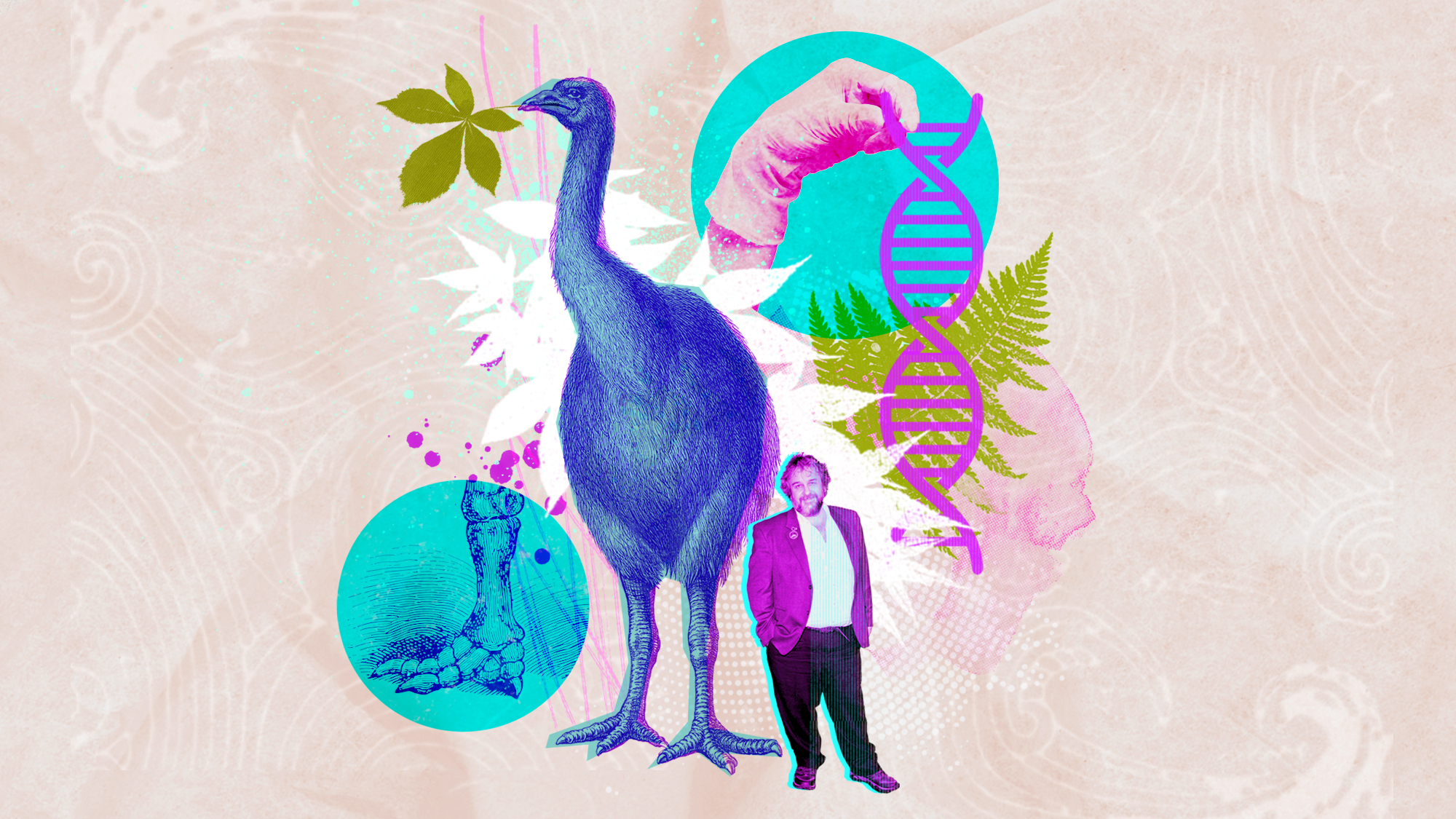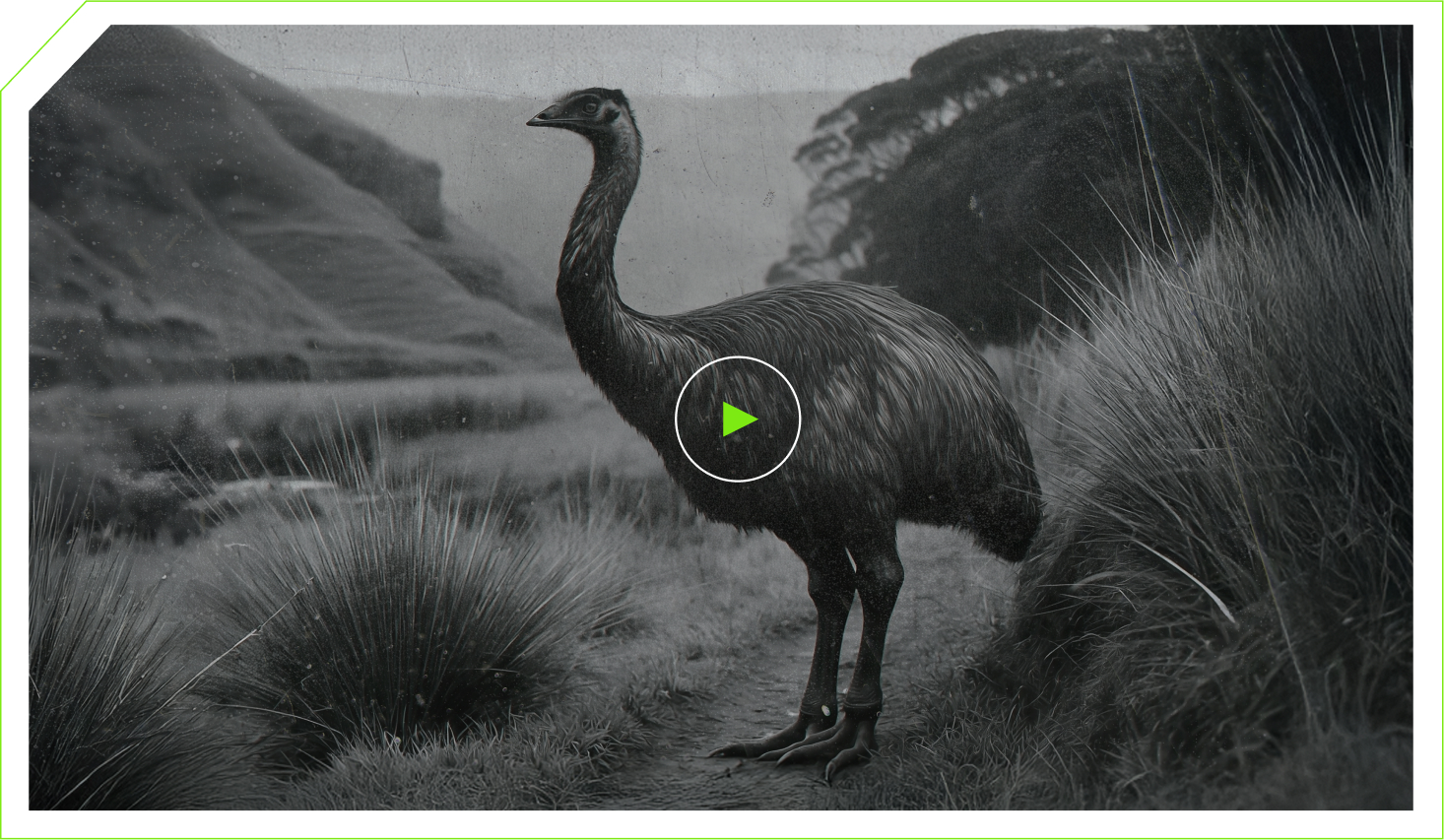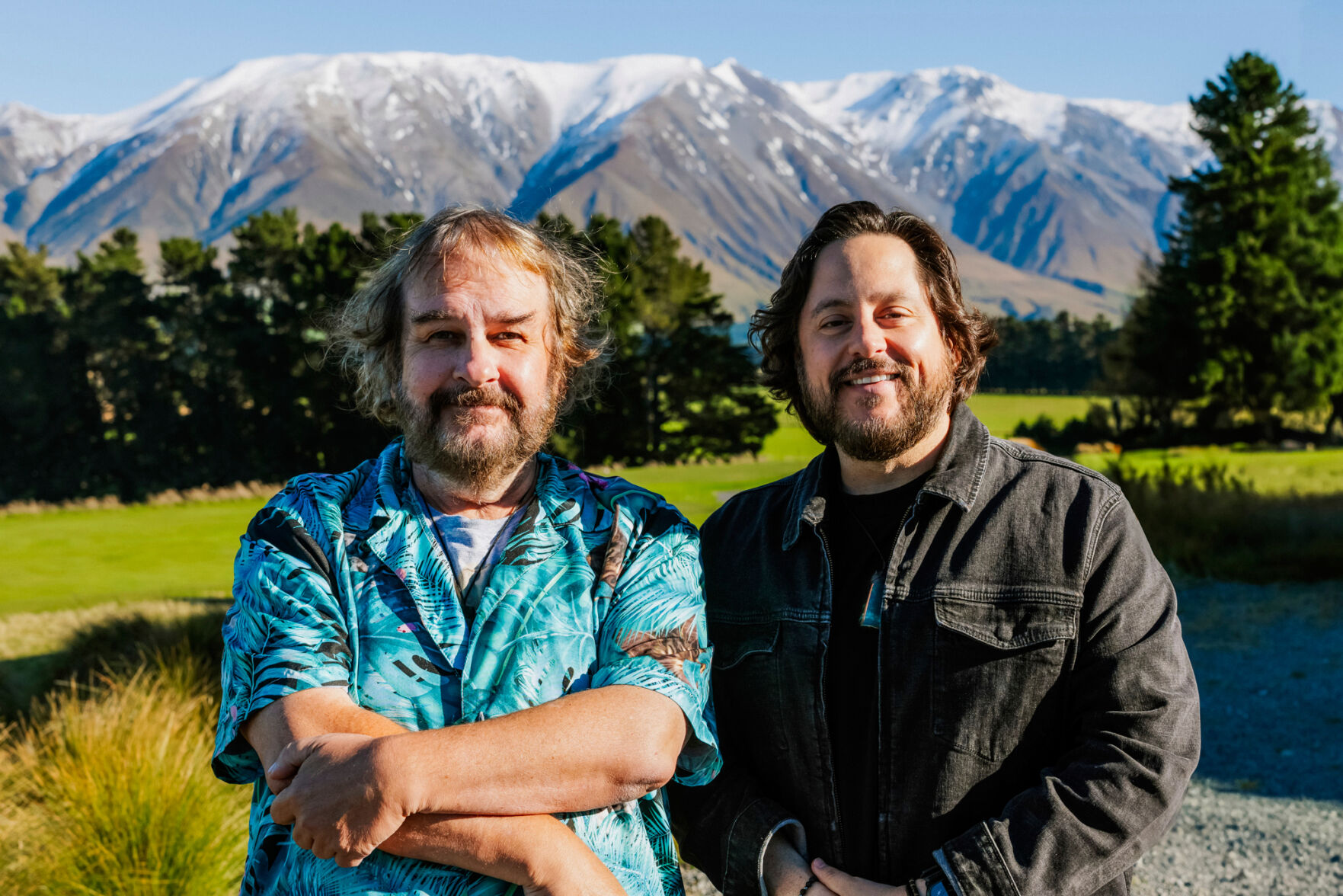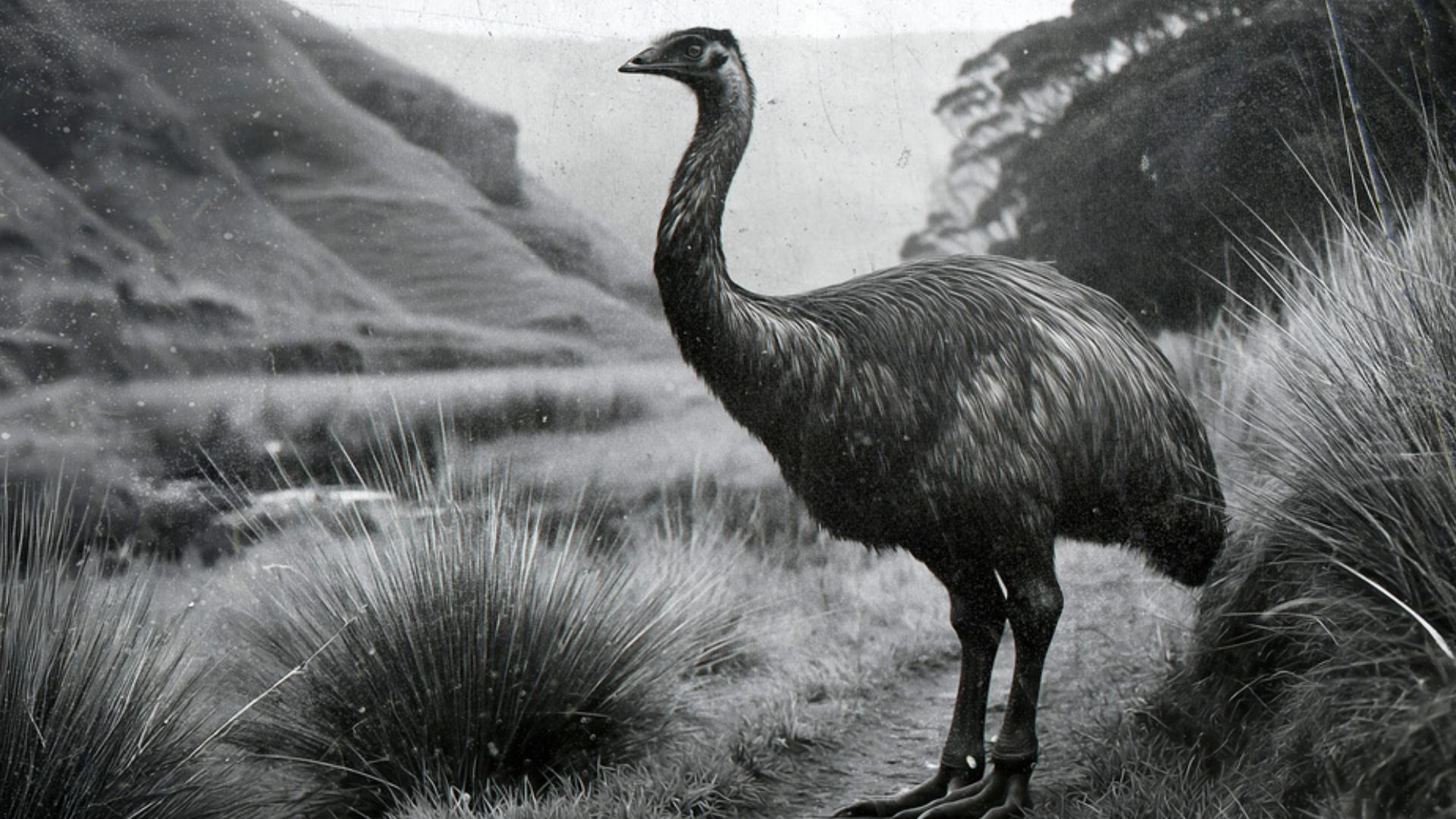Peter Jackson: Not Retired, and Focused on De-Extinction

Celebrated director Peter Jackson, known for his epic Lord of the Rings trilogy, has emphatically declared he is not retired from filmmaking. This announcement comes after an 11-year hiatus from directing major feature films, during which time his focus has shifted significantly towards a groundbreaking project: the de-extinction of the giant moa, a flightless bird native to New Zealand.
Multiple Film Projects in the Works

While his passion for de-extinction is currently at the forefront, Jackson confirmed he’s actively working on three separate screenplays. One project already announced is The Lord of the Rings: The Hunt for Gollum, a film he's producing and co-writing, with Andy Serkis set to direct. Production is expected to begin in early to mid-2026, targeting a December 17, 2027 release.
A $15 Million Investment in Moa De-Extinction

Jackson's involvement in the moa de-extinction project extends beyond mere interest. He and his partner, Fran Walsh, have invested $15 million in Colossal Biosciences, the biotech company spearheading this ambitious undertaking. Jackson himself has described the project as "just as exciting, if not more exciting, than any film [he] could possibly make."
Collaboration with Indigenous Scholars

The de-extinction effort is not solely a scientific endeavor. It involves a critical collaboration with the Ngāi Tahu Research Centre, an indigenous scholarship facility at the University of Canterbury. Ngāi Tahu scholars are leading all aspects of the project, ensuring cultural sensitivity and addressing concerns within the Māori community. This partnership highlights the significant cultural importance of the moa in New Zealand's history and heritage.
The Science and the Skepticism

The project's goal is to genetically engineer a living bird species – potentially a tinamou or emu – to closely resemble the extinct South Island giant moa, which could reach heights of 3.6 meters. Colossal Biosciences CEO Ben Lamm predicts a moa hatchling could be a reality within five to six years. However, this ambitious timeline faces skepticism from some scientists. Dr. Nic Rawlence from the University of Otago Palaeogenetics Laboratory, for example, points out that the outcome will likely be a genetically modified bird that resembles a moa, rather than a true moa, and questions the feasibility of such a rapid timeline.
Overcoming Scientific Hurdles and Ethical Considerations

Significant scientific hurdles remain, including the challenges of genetic engineering on this scale and the ethical considerations of reintroducing such a large creature into a potentially altered habitat. The long-term effects on the New Zealand ecosystem are also a major concern requiring careful consideration and planning.
Moa's Cultural Significance

The moa holds deep cultural significance in New Zealand, woven into Māori oral traditions and mythology. The de-extinction project is viewed by some as a means of rekindling interest in these ancient stories and traditions.
Jackson's Personal Connection
Jackson’s long-standing fascination with the moa is evident in his personal collection of 300 to 400 moa bones, accumulated over many years.